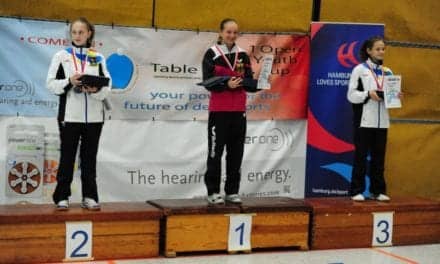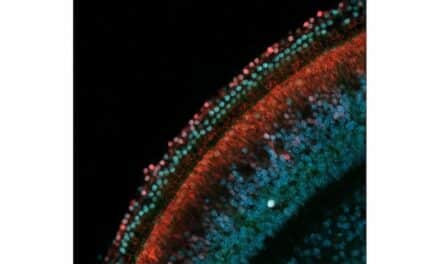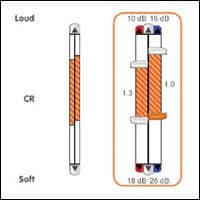National Public Radio (NPR), Washington, intends to move the accessible media industry forward by introducing captioned, braille, blackboard radios, and a new Radio Reading Service receiver, to electronics manufacturers. The new technologies come after years of extensive research by NPR Labs, America’s only nonprofit broadcast technology research and development center.
NPR Labs is seeking partnerships with manufacturers to develop the receivers that would serve millions of deaf, hard of hearing, and blind people worldwide, and people who are located in remote communities needing access to schools. NPR plans to award funds for research and development prototyping that would bring these cutting-edge radios into production and into the hands of the consumers within 2 to 5 years.
At the recent Consumer Electronics Show, NPR (along with Apple, Google, Ibiquity, and others) received a Vision Free Award, presented by Stevie Wonder, for its work in accessible digital radio and broadcast services for the sensory impaired.
"There are 650 million people worldwide who are sensory impaired and whose quality of lives could be greatly improved by use of new digital radio technologies," said Mike Starling, NPR’s chief technology officer and NPR Labs’ executive director. "Captioned, blackboard, and braille radios and digital Radio Reading Services break down sound, sight, and location barriers for these underserved populations. We’re continuously developing the technology through these initiatives and now seek the collaboration of manufacturers to put these special radios into the hands of disabled audiences,"
NPR introduced the following four accessible radio innovations—captioned, braille, Radio Reading Service, and blackboard—to manufacturers at the show:
Captioned radio leverages HD Radio technology and uses a built-in screen display on specially equipped receivers to allow deaf and hard of hearing audiences to "see" live radio content simultaneously with the broadcast.
Braille radio opens up the live radio experience to people who are cannot see or hear. It builds upon captioned radio technology by taking the speech to text information and translating it into braille through an add-on electronic device that looks like a small keyboard. The device uses rows of pins that move up and down to create Braille characters and are designed to plug into the radio. NPR is partnering with the Helen Keller National Center to further advance the features of this new radio technology, breaking down barriers for those without sight or hearing.
Radio Reading Service is a special radio sidechannel that offers spoken text from hundreds of daily print publications, such as magazines and newspapers, through specially designated radio channels. The new design will use an HD Radio format that provides better sound quality and user-friendly features like voice prompts and audio cues that make it easier for the visually disabled to activate the service once they’ve purchased a new generation of HD Radio. One prototype, designed by Dice Electronics, may be available in 2009.
Blackboard radio relies on a Radio Data System transmission, a small digital subcarrier that is added to an FM station and can carry artist, title, and other information—even graphics. Auto manufacturers use this technology in car dashboards, allowing drivers and passengers to view more detailed information on their audio program selections. Blackboard radio is an educational initiative that will connect classrooms with students located in remote regions without access to schools. It will also assist students who are not able to leave their environment to attend class.
More information on the initiative can be found at www.i-cart.net.
[Source: NPR]




